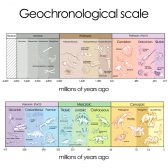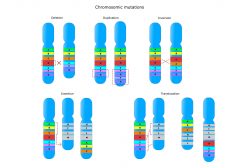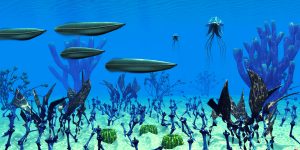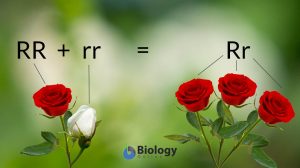Definition
noun
A tapeworm species of class Cestoda, and is commonly known as the beef tapeworm that parasitizes humans and primates
Supplement
Taenia saginata is a tapeworm species of class Cestoda of phylum Platyhelminthes. It is commonly called beef tapeworm. That is because infection with this species involves ingestion of raw or undercooked beef infected with encysted larval tapeworm (cysticercus). When ingested, the cysticercus liberates from the cyst and matures in the gut of its definitive host (e.g. humans and primates). The adult tapeworm can grow to 12-25 feet (3.6-7.5 m) long in the human intestine. Since the species is hermaphrodite, it reproduces by self-fertilization. The eggs (called oncospheres) are released along with the feces. The oncospheres reach their intermediate host, the cattle, when the latter feed on vegetation or fodder contaminated with T. saginata eggs. This species, together with the other species of the genus Taenia (e.g. Taenia solium, pork tapeworm), causes taeniasis and cysticercosis. T. saginata is common in Africa, Europe, Southeast Asia, South Asia, and Latin America.1
T. saginata is similar to other Taenia spp. in terms of morphology. However, T. saginata is typically larger and longer. It also has more proglottids and highly branched uteri.
Scientific classification:
- Kingdom: Animalia
- Phylum: Platyhelminthes
- Class: Cestoda
- Order: Cyclophyllidea
- Family: Taeniidae
- Genus: Taenia
- Species: T. saginata Goeze, 1782
Other common name(s):
See also:
- tapeworm
- Taenia solium
- taeniasis
Reference(s):
1 Eckert, J. (2005). “Helminths”. In Kayser, F.H., Bienz, K.A., Eckert, J., and Zinkernagel, R.M. Medical Microbiology. Stuttgart: Thieme. pp. 560–562.







